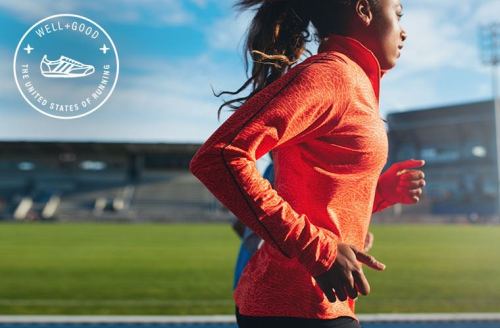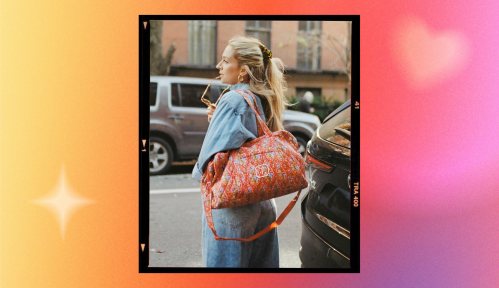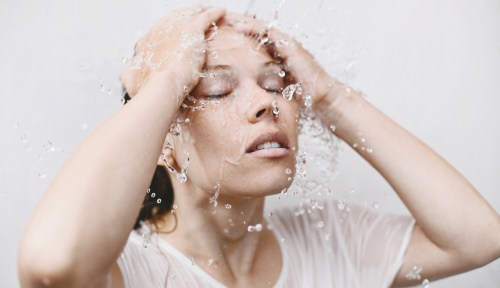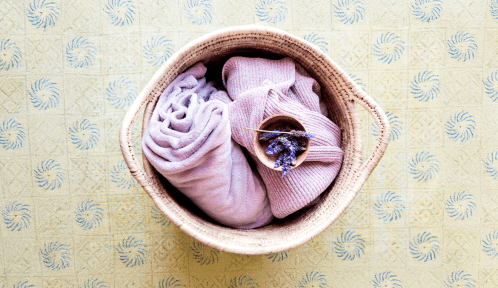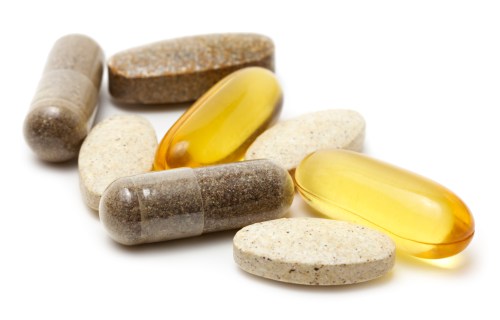When you sign up for a race—whether it’s a marathon, a 5K, or your annual family Turkey Trot—it’s easy to picture yourself crossing the finish line in a blaze-of-glory-worthy fashion. But after weeks or months of training, it’s safe to assume a few distractions, challenges, or less celebratory moments have come your way. (Hello, chafing. Hi, achy hamstring. What’s up, black toenail?)
So with the big dance on the horizon, how do you forget about the blisters, bruises, and bad training runs (they happen!) and focus on the goal you set so many months and miles ago? Heed this advice from five seasoned runners and start getting your head in the game.
Scroll down to see how 5 pro runners, coaches, and marathoners psyche themselves up on race day.

Neely Spence Gracey
Professional long-distance runner for Adidas
“The week of a big race, I like to review my training log and go back over the months of preparation—and the miles of blood, sweat, and tears—I’ve put into training for this event. The day before the race, I always eat margherita pizza, which is my go-to carb of choice. Having a consistent meal that I know sits well and fuels me for race day helps me get into race mode. Then, the morning of the race, I make sure I’m up at least three hours before the start. I do a very slow and easy, one-mile, shake-out jog to wake my body up, then I drink some coffee to get a caffeine boost. Since I coffee taper the week of the race—meaning I eliminate all caffeine—I really look forward to my race-day drink and the boost that gets me in the zone to perform.”
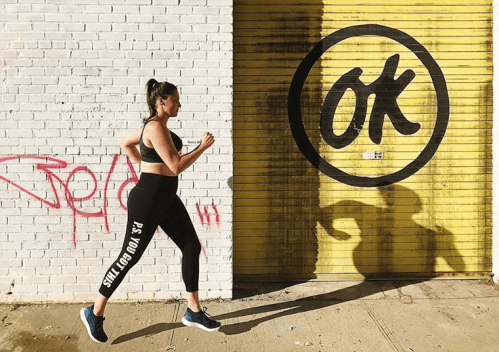
Candice Huffine
Model, marathoner, and creator of Day/Won
“I get crazy nervous for weeks leading up to a race—especially a big one like a marathon, which I have fast approaching on November 5! [Editor’s note: Huffine is running the New York City Marathon.] But I have no shame in literally talking to myself and reminding myself that I can do this. I repeat things like, ‘You know you can.’ ‘You signed up for this,’ ‘You put in the work,’ ‘There is nothing to be afraid of,’ ‘Think of how proud you’ll be when you finish,’ ‘You got this,’ ‘Girl, you’re amazing,’ and ‘Think of the epic photos!’”

Stephanie Rothstein Bruce
Professional long-distance runner for Oiselle
“I usually go through a minefield of emotions before a big race. I’m confident in my training and my abilities, but there’s always doubt that creeps in: How will I feel on race day? Did I do enough? Too much? But I believe these are all normal thoughts to have as a runner, no matter what level you’re at. We care so deeply about how much we have invested into our running that we just want to prove all of our hard work. Before and during the race, my mantras come from the Rocky movies: ‘You gotta punch, and keep punching ‘til you can’t punch no more. No pain, no pain.’”
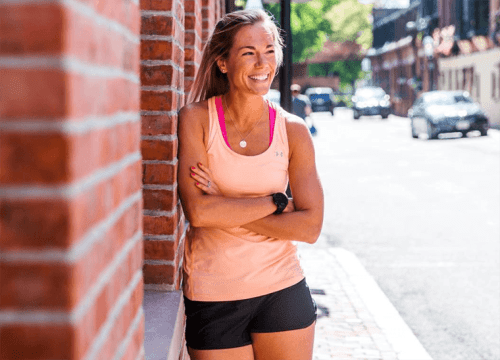
Mary Johnson
Sub-elite runner, USATF-certified coach, and founder of Lift.Run.Perform
“I’m really big into visualization, and I actually start my race prep visualization in the days, weeks, and months leading up to a big race. When I’m doing workouts, I like to picture myself running to the finish line chute. If I already know the course, I like to mentally implant myself in different spots along it and imagine I’m successfully running it. I also like to get as much sleep as possible leading up to the race. I generally don’t sleep very much the night before—who does?!—but if I’ve slept well the entire week, I don’t stress about it, and it positively sets my mindset from the get go.”

Elizabeth Maiuolo
New York Road Runners social media assistant manager and creator of Running and the City
“I like to keep the day before the race as quiet as possible. I usually get a good movie or an inspiring book and try to give myself three to four hours of alone time. If I’m running a local race, I don’t leave the apartment or pick up the phone. I just get my thoughts together to prepare for the challenge ahead. I also like to visualize how I’ll tackle each part of the course. I divide it into sections, create a clear plan, and map out my strategy. I think about starting conservatively because I love feeling strong during those last few miles. Then I think about my goals for the race—not just pace or finish time, but also what I want to get out of it. Many times, the goal is to enjoy every second and try to appreciate the fact that running is an amazing gift.”
Now that you’ve got some pro tips for how to mentally prep, here are two speed workouts to help your physically get ready for race day. Plus, how many days you should be running every week.
More from the United States of Running
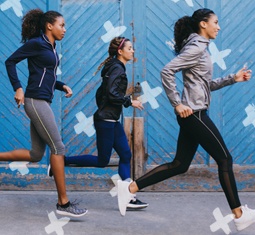
Read the latest on Flipboard

Don't miss a single video on YouTube
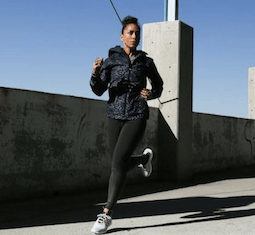
More running tips from the pros
Sign Up for Our Daily Newsletter
Get all the latest in wellness, trends, food, fitness, beauty, and more delivered right to your inbox.
Got it, you've been added to our email list.
